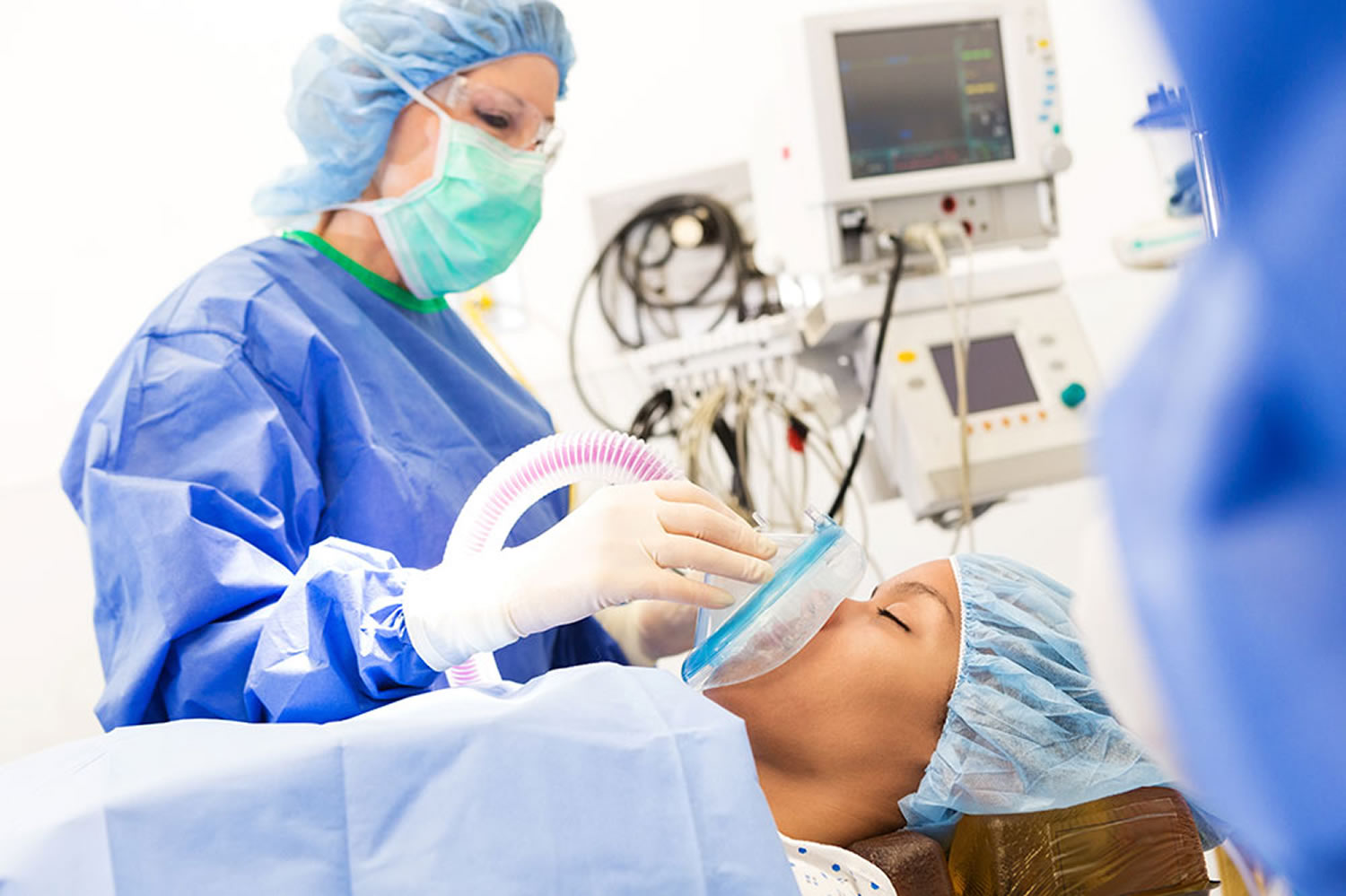Beach Chair Position in Anesthesia: Beach Chair Position Anaesthesia

The beach chair position, also known as the semi-recumbent position, is a commonly used surgical position in various procedures, offering advantages for both the patient and the surgical team. This position involves elevating the patient’s head and torso to a reclining angle, resembling a beach chair.
Benefits of the Beach Chair Position
The beach chair position offers several benefits, particularly in specific surgical procedures. It provides improved visualization of the surgical field, especially for procedures involving the head, neck, and upper extremities. This position allows for better access to the surgical area, facilitating efficient surgical maneuvers. Additionally, the beach chair position minimizes venous congestion in the lower extremities, reducing the risk of deep vein thrombosis (DVT).
Physiological Effects of the Beach Chair Position
The beach chair position can impact the cardiovascular, respiratory, and neurological systems. It can lead to a decrease in venous return to the heart, potentially causing a reduction in cardiac output. However, the elevation of the head and torso can also improve ventilation by increasing lung capacity and reducing the risk of atelectasis.
Positioning the Patient in the Beach Chair Position
Positioning a patient in the beach chair position requires careful attention to ensure patient safety and comfort. The patient is first placed in a supine position on the operating table. The head of the table is then elevated to the desired angle, typically between 30 and 45 degrees. The patient’s arms are placed on armrests, ensuring proper support and circulation. Padding is used to prevent pressure points and ensure patient comfort.
Advantages and Disadvantages of the Beach Chair Position
The following table Artikels the advantages and disadvantages of using the beach chair position compared to other surgical positions:
| Feature | Beach Chair Position | Other Positions |
|---|---|---|
| Visualization | Improved visualization of the head, neck, and upper extremities | May vary depending on the procedure and position |
| Access | Easier access to the surgical field | May be limited depending on the position |
| Venous Return | Reduced venous return to the heart | May be better in some positions |
| Ventilation | Improved ventilation | May be affected depending on the position |
| Patient Comfort | Generally comfortable | May be less comfortable depending on the position |
| Safety | Potential for hypotension and airway compromise | Potential risks associated with specific positions |
Monitoring and Management in Beach Chair Position

The beach chair position, while offering surgical advantages, poses unique challenges for anesthetic management. Maintaining hemodynamic stability, ensuring adequate oxygenation, and preventing nerve injury are paramount in this position.
Monitoring Parameters
Close monitoring is crucial to identify and address potential complications. The following parameters should be diligently observed:
- Cardiovascular System: Continuous monitoring of heart rate, blood pressure, and ECG is essential. Hypotension can occur due to venous pooling and decreased preload, requiring prompt intervention.
- Respiratory System: Oxygen saturation (SpO2) and end-tidal CO2 (EtCO2) should be monitored closely. Hypoxia can develop due to airway obstruction or reduced lung capacity, necessitating adjustments to ventilation or oxygen supplementation.
- Neuromuscular Function: Monitoring nerve function is critical to prevent nerve injury. Regularly assess for signs of nerve compression, such as tingling, numbness, or weakness in the extremities.
Management of Complications
- Hypotension: Fluid boluses, vasoconstrictors (e.g., phenylephrine), or leg elevation can be employed to address hypotension. The choice of intervention depends on the underlying cause and the patient’s clinical condition.
- Hypoxia: Oxygen supplementation, airway maneuvers, or mechanical ventilation may be necessary to correct hypoxia. The specific intervention will depend on the cause of hypoxia, such as airway obstruction, reduced lung capacity, or inadequate ventilation.
- Nerve Injury: Careful positioning, padding, and regular nerve function assessment are crucial to prevent nerve injury. If nerve compression is suspected, repositioning the patient, removing pressure points, or using nerve blocks may be necessary.
Communication and Collaboration, Beach chair position anaesthesia
Effective communication and collaboration between the anesthesiologist, surgeon, and nursing staff are essential for safe and successful surgery in the beach chair position. The anesthesiologist should inform the surgical team of any hemodynamic instability, respiratory compromise, or nerve injury concerns. The surgeon, in turn, should communicate any changes in surgical positioning or anticipated maneuvers that may affect anesthetic management.
Decision-Making Process

Beach chair position anaesthesia, while effective, can be uncomfortable. Imagine a more relaxing experience, where you can share the comfort with someone special, on a two person beach chair. The added support and spaciousness could make anaesthesia in this position far more tolerable, allowing you to focus on the procedure rather than the discomfort.
Beach chair position anaesthesia, while seemingly simple, requires careful consideration of anatomical positioning and potential airway compromise. This is especially important when visualizing the patient’s body in 3D, as it’s crucial to ensure proper support and accessibility for the medical team.
A comprehensive understanding of the patient’s anatomy, aided by a beach chair 3D model , can significantly enhance the safety and effectiveness of this common surgical position.
